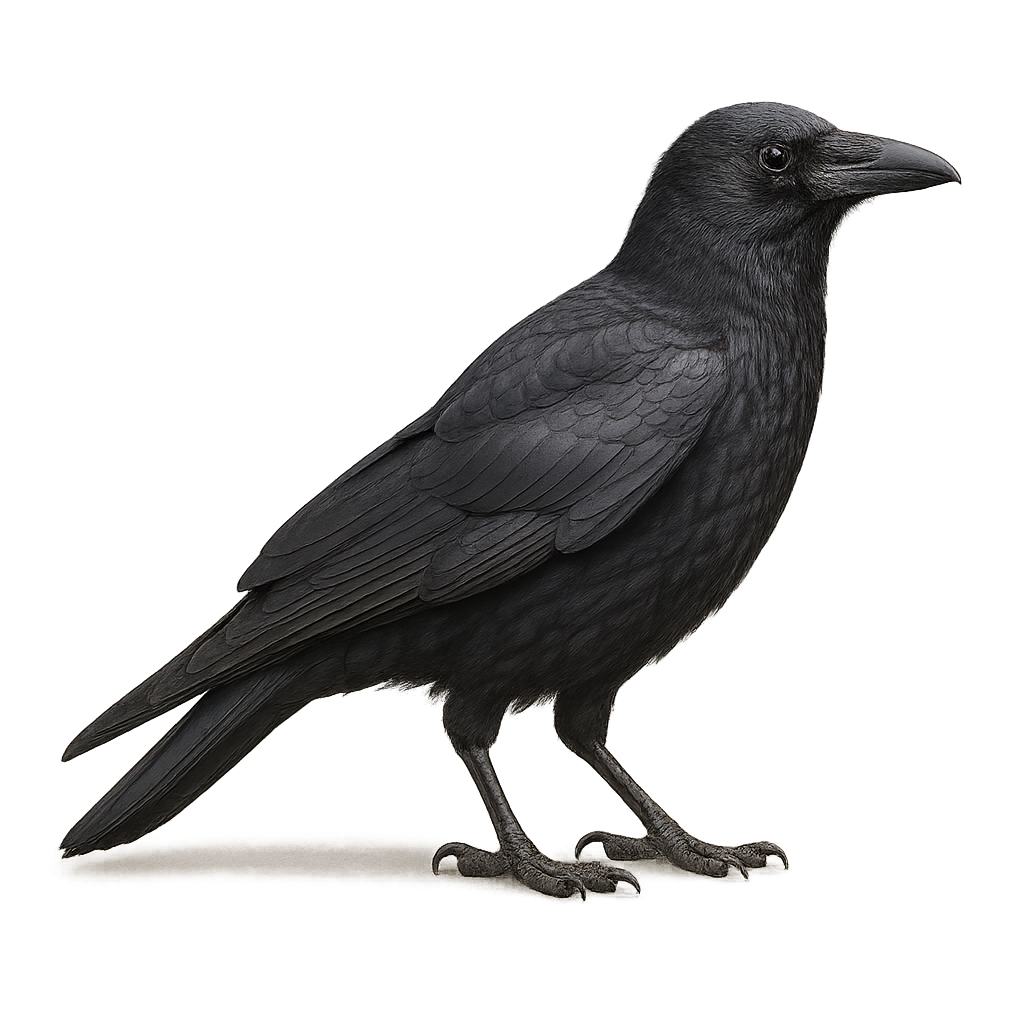Your wildlife photography guide.
Explore the carrion crow in detail, study its behavior, prepare your shots.
Where to observe and photograph the carrion crow in the wild
Learn where and when to spot the carrion crow in the wild, how to identify the species based on distinctive features, and what natural environments it inhabits. The WildlifePhotographer app offers tailored photography tips that reflect the carrion crow’s behavior, helping you capture better wildlife images. Explore the full species profile for key information including description, habitat, active periods, and approach techniques.
carrion crow
Scientific name: Corvus corone

IUCN Status: Least Concern
Family: CORVIDAE
Group: Birds
Sensitivity to human approach: Tolerant
Minimum approach distance: 10 m
Courtship display: March to May
Incubation: 17-20 jours
Hatchings: April to June
Habitat:
Urban, farmland and open woodland
Activity period :
Primarily active during the day, with peak activity in the morning and late afternoon.
Identification and description:
The carrion crow is a 44–51 cm corvid, all black with a stout bill and strong flight. It inhabits urban areas, farmland and open woodlands across Europe and Asia, feeding on insects, small vertebrates, seeds and carrion, and scavenging human refuse. An opportunistic omnivore, it uses tools and caches food. During the breeding season (March–May), pairs defend a territory, build a large branch nest and raise 3–5 young.
Recommended lens:
300 mm – adjust based on distance, desired framing (portrait or habitat), and approach conditions.
Photography tips:
Photograph the carrion crow early morning or late afternoon using a telephoto lens of ≥300 mm from a low hide. Use a fast shutter speed to freeze its flight and a shallow depth of field to isolate the black plumage details against a bright background.
The WildlifePhotographer App is coming soon!
Be the first to explore the best nature spots, track rutting seasons, log your observations, and observe more wildlife.
Already 1 432 wildlife lovers subscribed worldwide

